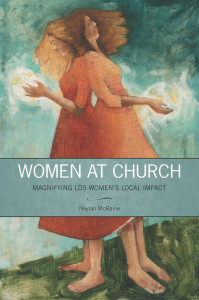Podcast: Download (7.4MB)
Subscribe: RSS
 Dr. Hugh Nibley has observed, the word “compass” has two basic meanings; 1) to move together – always referring to a pair of things in motion; 2) to enclose, embrace, step completely, circle or round. This second definition refers to the motion of making a circle. Either way, the “compass” could correctly refer to the Liahona because of it’s round (ball) shape or the motion of the arrows.
Dr. Hugh Nibley has observed, the word “compass” has two basic meanings; 1) to move together – always referring to a pair of things in motion; 2) to enclose, embrace, step completely, circle or round. This second definition refers to the motion of making a circle. Either way, the “compass” could correctly refer to the Liahona because of it’s round (ball) shape or the motion of the arrows.
In this podcast Michael R. Ash relates the workings of the Liahona as prepared by the Lord for Lehi’s family as they pursued their journey to the promised land.
The full text of this article can be found at Deseret News online.
Brother Ash is author of the book Shaken Faith Syndrome: Strengthening One’s Testimony in the Face of Criticism and Doubt, as well as the book, of Faith and Reason: 80 Evidences Supporting the Prophet Joseph Smith. Both books are available for purchase online through the FairMormon Bookstore. Tell your friends about the Mormon Fair-Cast. Share a link on your Facebook page and help increase the popularity of the Mormon Fair-Cast by subscribing to this podcast in iTunes, and by rating it and writing a review.
The views and opinions expressed in the podcast may not reflect those of the Church of Jesus Christ of Latter-day Saints or that of FairMormon

 niversity with a degree in Journalism with an emphasis in public relations and corporate communications. After graduating she interned for the Church Public Affairs Office and also worked for the Church’s Office of International and Governmental affairs in Washington D.C.
niversity with a degree in Journalism with an emphasis in public relations and corporate communications. After graduating she interned for the Church Public Affairs Office and also worked for the Church’s Office of International and Governmental affairs in Washington D.C.




